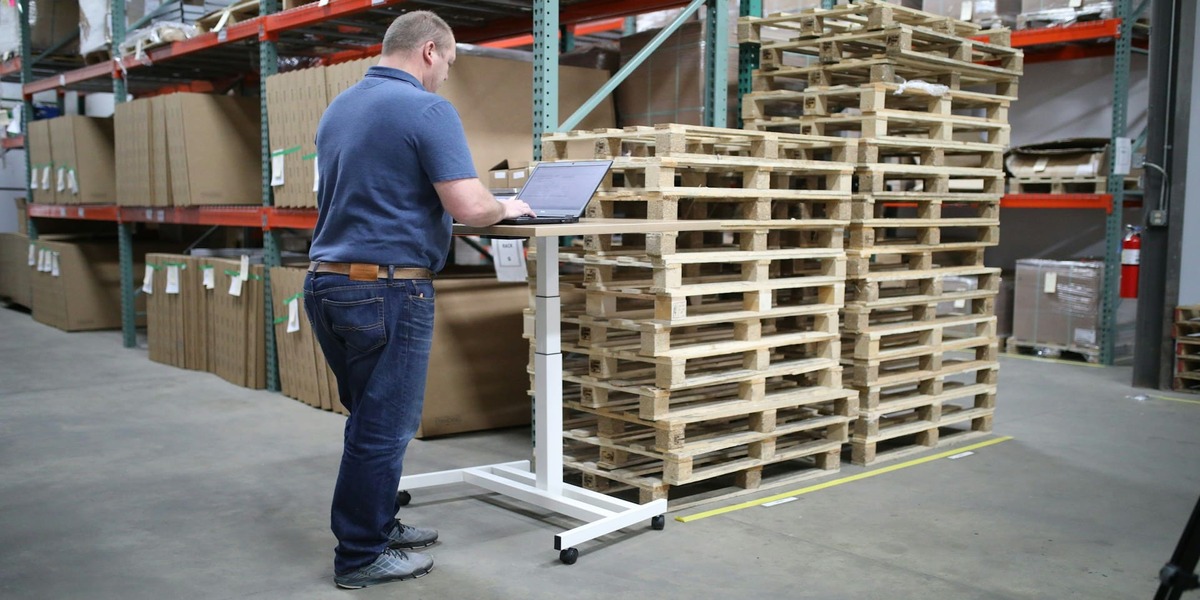Rising Costs, Smarter Moves: Supply Chain Rewired

Q1. Could you start by giving us a brief overview of your professional background, particularly focusing on your expertise in the industry?
I specialise in driving strategic procurement and supply chain optimization across mining, manufacturing, retail, and IT industries. My strengths lie in category management, inventory control, stakeholder engagement, and cost reduction.
I've delivered multimillion-dollar savings and operational improvements through Six Sigma methodologies, demand planning, and ERP systems like SAP and Oracle. With global experience and a collaborative leadership style, I design agile, customer-centric supply networks that enhance service delivery, resilience, and sustainability.
Q2. Which input cost categories are seeing the highest inflation in 2025, and how are organizations adjusting their sourcing strategies?
In 2025, input cost inflation is highest in concrete (7%), copper cable (6%), and labor (4%).
Organisations are responding with multi-sourcing, long-term contracts, and AI-driven procurement to mitigate risks and optimize total cost of ownership.
Q3. Are companies diversifying suppliers geographically, or doubling down on key strategic relationships? Can you give some examples?
In 2025, companies are balancing geographic diversification with strategic supplier relationships. Rising costs in concrete, copper, and labor drive shifts to sourcing from Mexico, Vietnam, and India.
Meanwhile, long-term alliances fuel innovation and resilience, resulting in agile supply chains that blend cost efficiency with deep collaboration.
Q4. Which supplier regions are becoming more critical to organizations in 2025, and what geopolitical or environmental factors are influencing these shifts?
In 2025, supplier regions like India, Vietnam, Mexico, and Southeast Asia are gaining strategic importance due to lower costs, trade incentives, and nearshoring trends. Geopolitical tensions, especially U.S.-China decoupling—and environmental risks like extreme weather and carbon regulations are driving diversification.
Organizations are prioritising resilience and sustainability to navigate fragmented global supply chains.
Q5. What categories are most vulnerable to cost overruns, and where is the most room for savings?
In 2025, energy, ICT, and construction are most vulnerable to cost overruns due to volatile material prices, labor shortages, and regulatory shifts.
Construction projects often exceed budgets by 20–30%. However, ICT and logistics offer the most room for savings through AI-driven forecasting, cloud optimisation, and vendor consolidation.
Firms using real-time financial monitoring and predictive analytics are cutting overruns and achieving up to 15% cost savings.
Q6. What internal practices are helping organizations realize the most savings?
In 2025, organizations are realizing the most savings through AI-driven cost tracking, process automation, and lean governance. Embedding a cost-conscious culture, streamlining workflows, and redesigning organizational structures are key.
Companies using predictive analytics and cross-functional accountability achieve up to a 15% margin improvement.
Q7. If you were an investor looking at companies within the space, what critical question would you pose to their senior management?
As an investor, I’d ask: How are you de-risking supply disruptions while balancing cost, ESG compliance, and technological innovation?
This probes resilience strategy, sustainability commitment, and readiness for industry transformation.
The answer reveals agility, supplier diversification, use of AI and predictive analytics, and integration of sustainability—all crucial to long-term value creation and competitive advantage in volatile markets.
Comments
No comments yet. Be the first to comment!
